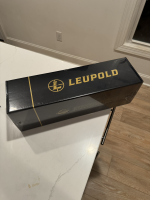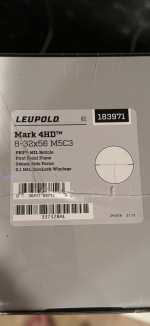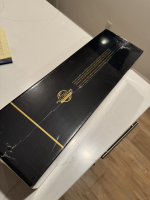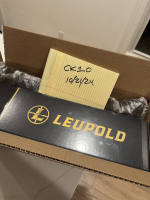Built it and have a baby on the way. Should have held off since I don't need another gun to do load development for.
Caverns Armory (Zermatt Origin) 308 Action
Triggertech Primary
Preferred Barrels 6.5CM Chopped to 16" 1:8T
Barrel was profiled to clearance the EFR
Badger EFR was shorted by two picatinny slots to clearance the barrel.
McMillan A1-3 Adjustable w. Grayboe M5 DBM
I have a pic rail for the front of you want to drill another hole behind the sling stud.
Rifle weighs 13lbs with the Mk5 3.6-18. I rattle canned the barrel after it was profiled over the cerakoteand it's a little messy, but is hid by the EFR. Easy to strip off if you want to.
I put 50 rounds down the barrel, haven't done load dev. Prior owner I bought it from had a few hundred down it first. Seems to shoot really well with 41-42gr H4350 with 140ELDs in both Starline and Hornady brass with loads I had for other rifles (velocity was 2550-2640fps depending on the charge and brass).
No scope, suppressor, bipod, or mags. $2,000 shipped to you.
Dropped to $1850 on 10/17.





















































